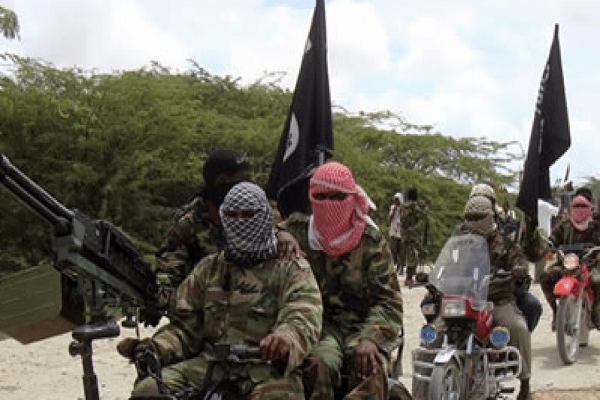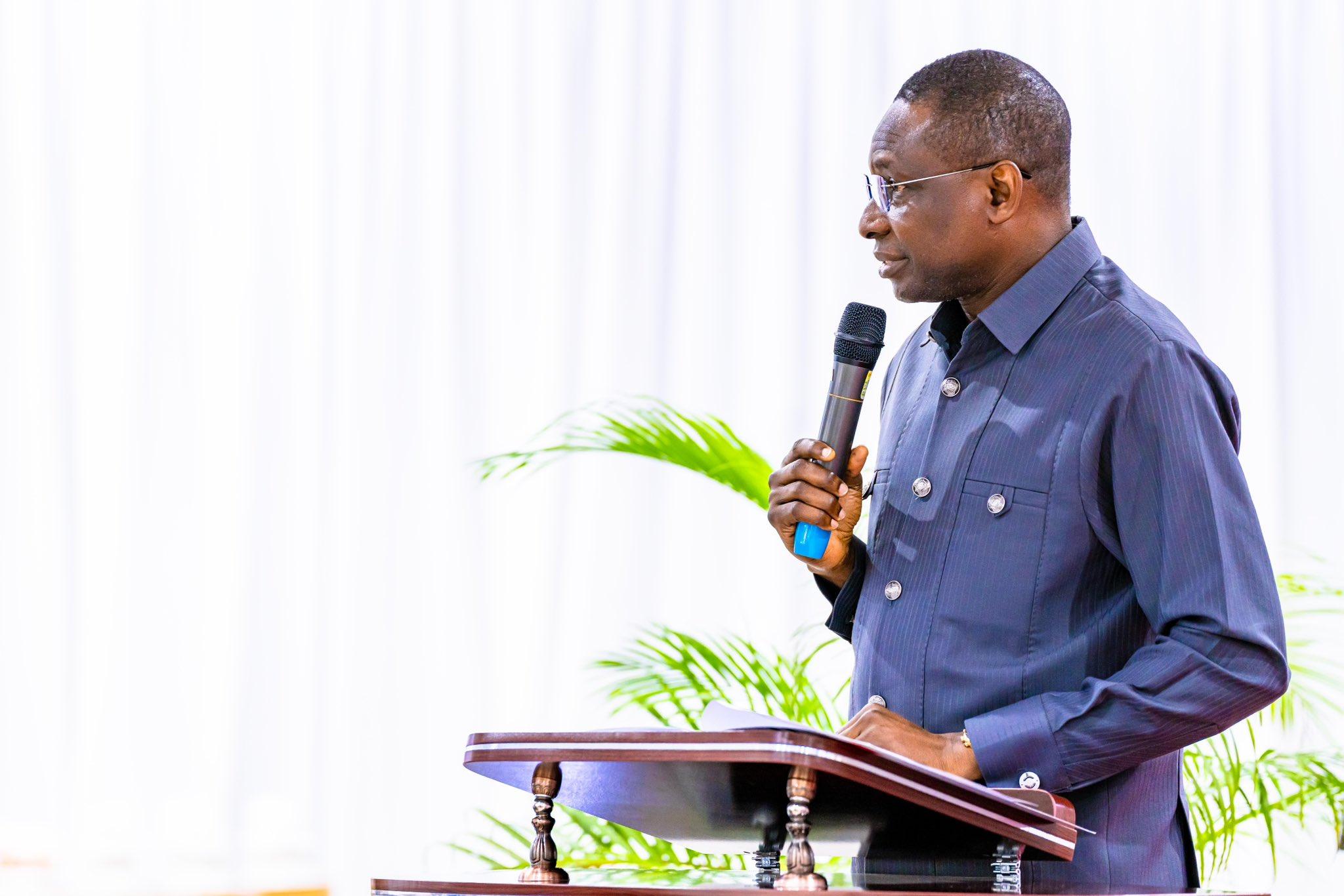Nepal Seeks New Leader as Army Reclaims Streets After Deadly Protests

Nepal is facing a leadership crisis after days of violent anti-corruption protests toppled the government and left the country’s parliament building in flames.
At least 51 people were killed in the unrest — the deadliest violence since the Maoist civil war and the abolition of the monarchy in 2008. The protests, led by “Gen Z” activists angry over corruption and poor governance, escalated after a ban on social media and a police crackdown earlier this week.
On Wednesday, the army imposed a curfew and retook control of Kathmandu’s streets. President Ramchandra Paudel and army chief General Ashok Raj Sigdel have since begun talks with key political figures and youth leaders to select an interim leader.
Former Chief Justice Emerges as Candidate
Sushila Karki, 73, Nepal’s first female chief justice, has emerged as a frontrunner to lead a transitional government. “Experts need to come together to figure out the way forward,” she said, stressing that “parliament still stands.”
But Gen Z leaders insist their first demand is parliament’s dissolution, signaling sharp disagreements over the path forward.
Chaos Across the Nation
The protests triggered a mass prison breakout, with more than 12,500 inmates still at large, police said. Demonstrators also torched government buildings, hotels, and looted weapons, though the army reports it has since recovered over 100 stolen guns.
On Friday, Kathmandu’s streets remained largely quiet under military patrol, though residents briefly emerged during a pause in the curfew to stock up on food and fuel.
Economic Anger Fuels Youth Movement
With 40% of Nepal’s 30 million people aged 16–40 and youth unemployment at 20%, frustration over corruption and limited opportunities has deepened.
“We started this movement so we could make a better Nepal,” said James Karki, 24, one of the protest leaders. “And I am positive that the army will listen.”








